Die Idee zur Serie „Travelling SX 70“ ist eher zufällig auf meiner diesjährigen Reise durch die Toskana nach Mittelitalien entstanden. Um ohne Labor und Scanner auch von unterwegs ein paar analoge Fotografien auf meinen flickr-Account hochladen zu können, habe ich neben meinen neuen alten Kameras, einer Kodak Retina IIIC und einer Rolleiflex Automat, auch meine alte SX 70 mit je zwei Farb- und Schwarzweißfilmen von Impossible ins Wohnmobil gepackt. Die Idee war, ähnlich wie bei meinem Projekt „Die letzten Fotografien des 20. Jahrhunderts“ an jedem Tag der Reise ein Polaroid zu machen, es dann mit dem iPhone zu fotografieren und als optisches Reisetagebuch ins Netz zu stellen. In gewisser Weise habe ich das auch gemacht, aber schon bei einem der ersten Bilder, dem des Burgfelsens von Arco, das ich noch wie ein Repro direkt von oben fotografierte, fiel mir auf, dass da eine Beziehung zwischen dem Polaroid und seinem Hintergrund bestand.
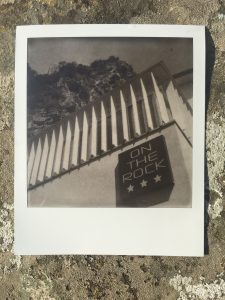
Arco, Trentino
Der Stein, auf den ich das Polaroid gelegt hatte, war auf dem Foto des iPhone 6s mindestens ebenso optisch präsent wie das Sofortbild des Felsens, so als wolle mir das iPhone sagen: Moment, ich bin auch eine Kamera. Das kannst du als Fotograf nicht einfach ignorieren und mich als reines Reproinstrument missbrauchen. Dem habe ich nachgegeben, analoge Revolution hin oder her. Denn irgendwie musste ich dem iPhone recht geben. Seine Fotos von meinen Polaroids waren eine Schnittstelle zwischen digitaler und analoger Fotografie, zwischen der fotografierten Welt und der realen, die dann wieder fotografiert wird. Zwei unterschiedliche Arten des Sofortbilds in einem: Eines, auf dessen Entwicklung man warten muss (oder darf) und eines, das schon im Augenblick der Aufnahme auf dem Bildschirm steht und nur noch gespeichert wird. Eines, das man danach in der Hand hält und das zu einem stofflichen Stück Realität geworden ist, und eines, das streng genommen in der realen Welt nicht existiert weil es eine Matrix aus Nullen und Einsen ist, die sich nur dann als ein flüchtiges Bild zeigt, wenn sie, von einem Finger herbei- und wieder weggewischt, für kurze Zeit auf dem Display des iphones ein bestimmtes Muster aus unterschiedlich eingefärbten Pixeln aufleuchten lässt.
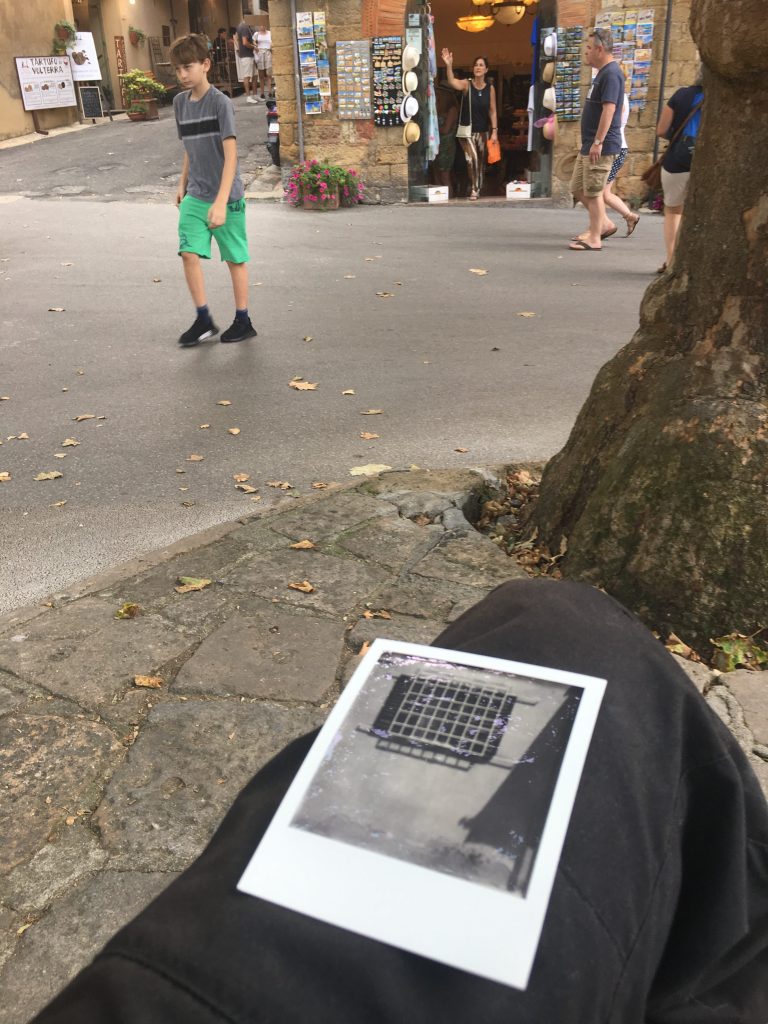
Volterra, Toskana
Und so habe ich meinen ursprünglichen Plan des einen Sofortbilds pro Tag aufgegeben und statt dessen mit diesem Gegensatz zwischen Realität und Bildern gespielt. Ich habe im Lauf der Reise immer wieder einmal ein Polaroid gemacht und es mit einem gewissen zeitlichen Abstand mit dem iphone fotografiert. Mal lagen 10 Minuten zwischen der analogen und der digitalen Aufnahme, mal ein oder zwei Tage.
Interessant war, dass sich die farbigen Polaroidfilme im sommerheißen Wohnmobil dramatisch veränderten. Waren ihre Farben in den ersten Tagen noch halbwegs lebendig, so ließen sie von Tag zu Tag nach bis am Schluss nur noch fast monochrome Bilder mit einem leichten Hauch von Farbe aus der Kamera kamen. Dabei blieben die Fotos, waren sie erst einmal entwickelt, stabil. Die Veränderung fand im unentwickelten Film statt, und weil ich mit einem Schwarzweißfilm angefangen hatte, war die Veränderung der Farbfilme schon recht fortgeschritten noch bevor ich das erste Bild geschossen hatte. War das damals, als meine SX 70 noch neu war und die Filme von Polaroid selber kamen, auch so? Ich glaube nicht, allerdings waren auf meiner sechswöchigen Norwegenreise im Jahr 2000, auf der ich viel mit der SX 70 fotografiert habe, auch die letzten Bilder so farbintensiv wie die am ersten Tag. Gut, in Norwegen herrschten im Wohnmobil keine Temperaturen von über 35 Grad, und auf der nächsten Reise in den Süden bewahre ich die Filme im Kühlschrank auf. Aber wie ist das, wenn sie erst einmal in der Kamera sind? Muss die SX 70 dann zwischen Weißwein, Bier und Gorgonzola reisen? Die Schwarzweißfilme haben die Temperaturen übrigens viel besser weggesteckt, da konnte ich kaum Veränderungen erkennen.
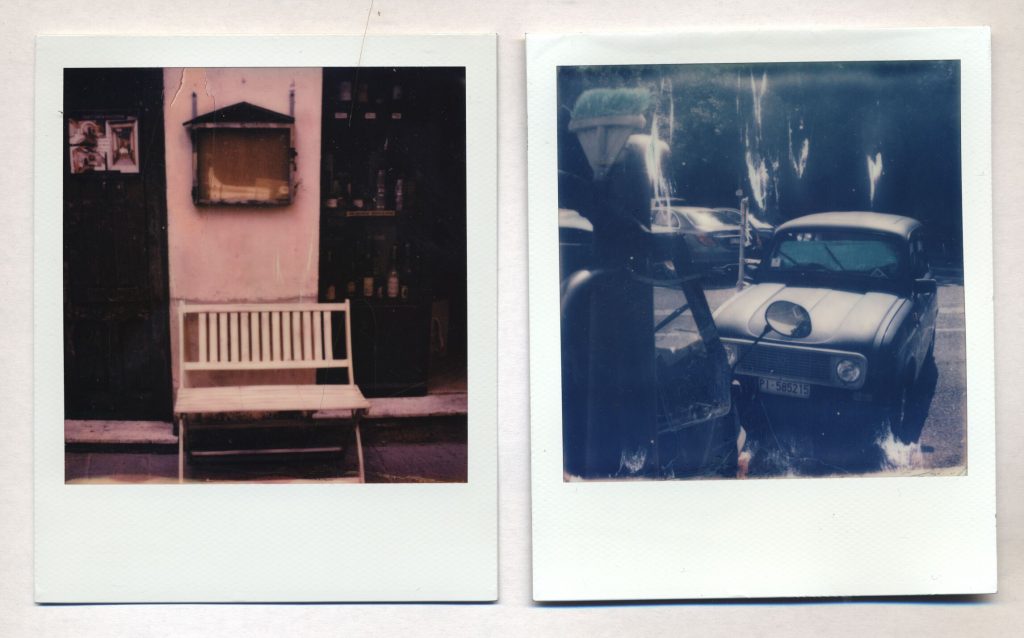
Zwei „Impossible“ Polaroids. Das linke nach einer, das rechte nach drei Wochen in einem heißen Wohnmobil
Und noch etwas ist mir an den neuen Filmen im Gegensatz zu den früheren aufgefallen. Konnte man damals noch mit einem Stift im sich entwickelnden Polaroid herummalen und es wesentlich verändern, scheint mir das mit der neuen Emulsion nicht mehr so gut zu gehen. Irgendwie habe ich das Gefühl, dass sie trockener ist, sich nicht mehr so gut mit der Spitze des Stiftes herumdrücken lässt, was die Möglichkeiten zur Veränderung doch ziemlich einschränkt. Möglicherweise hat das auch mit der zu heißen Lagerung zu tun, ich werde das demnächst einmal überprüfen, wenn ich mir wieder einen neuen Film gekauft habe.
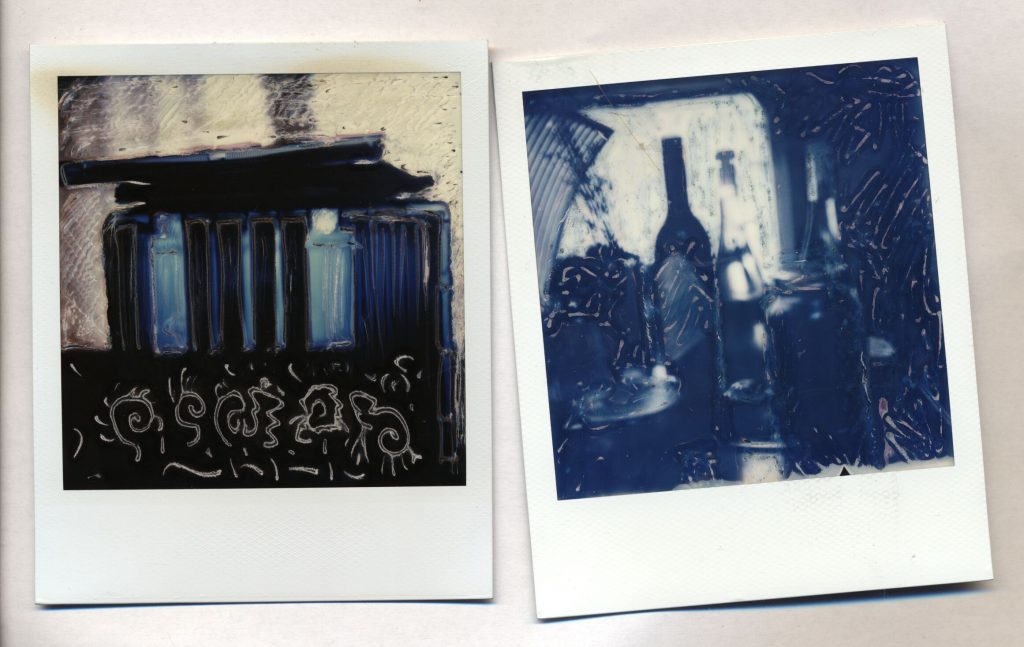
Zwei Polaroids – das linke ein 18 Jahre altes, mit einem Kugelschreiber bearbeitetes original Polaroid, das rechte ein „Impossible“ Polaroid von 2018, bearbeitet mit einem Apple Pencil
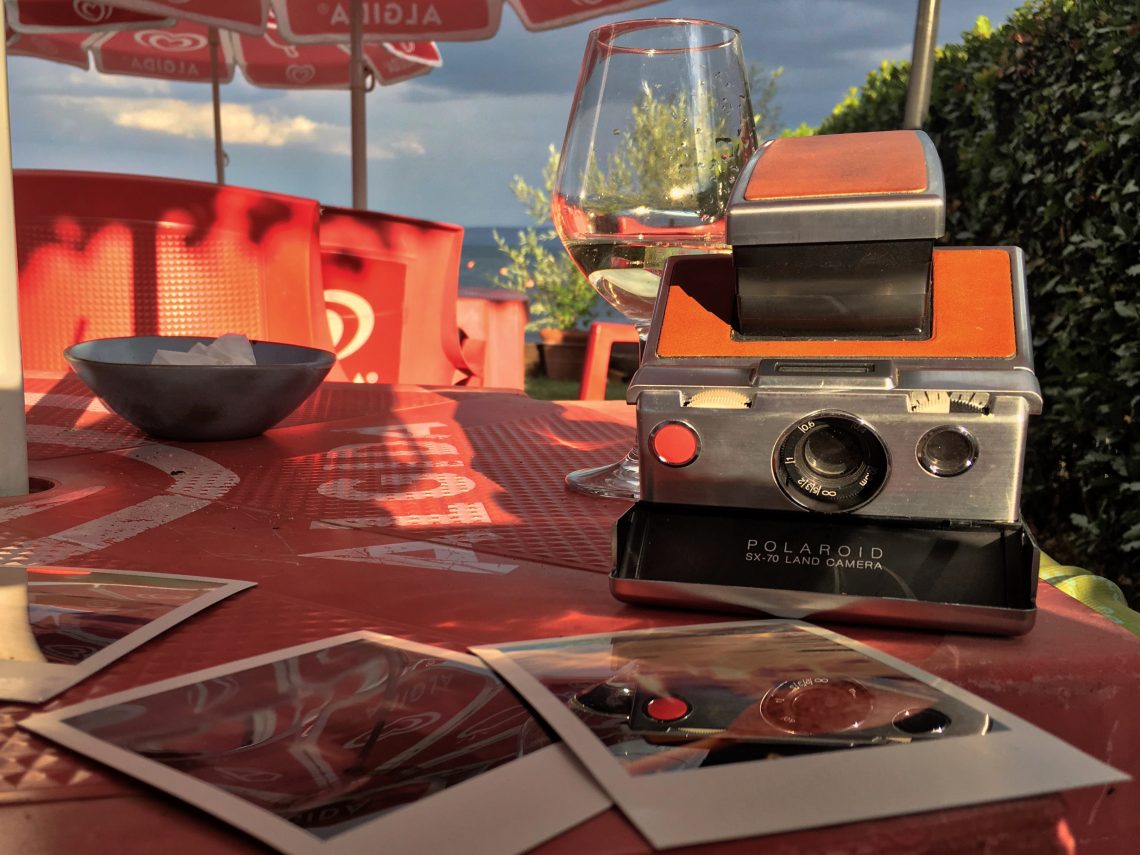
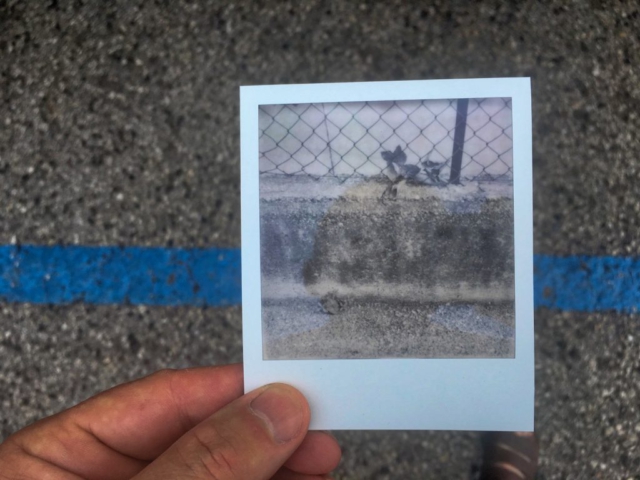
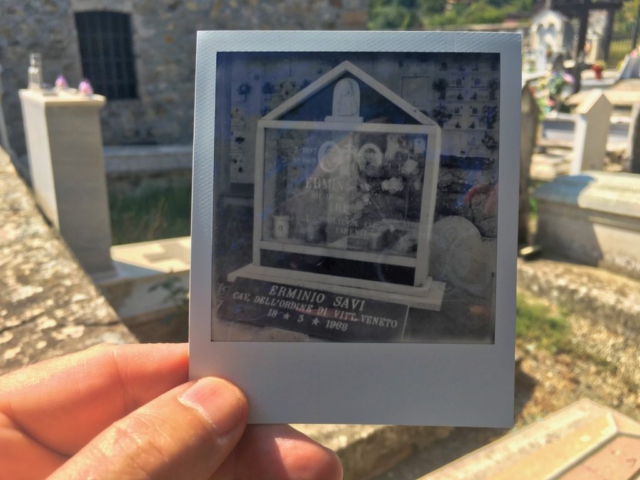
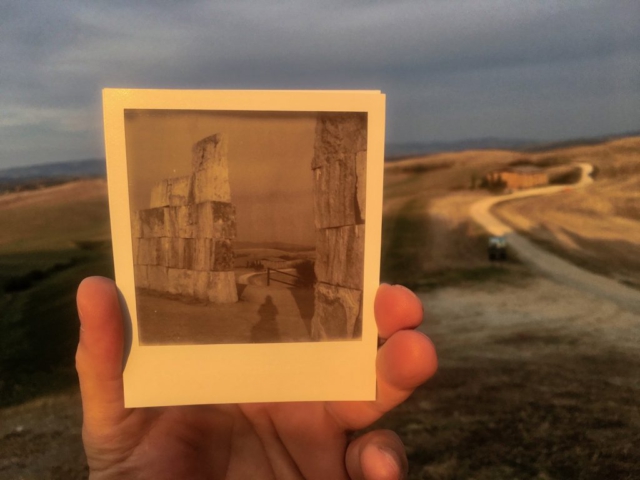
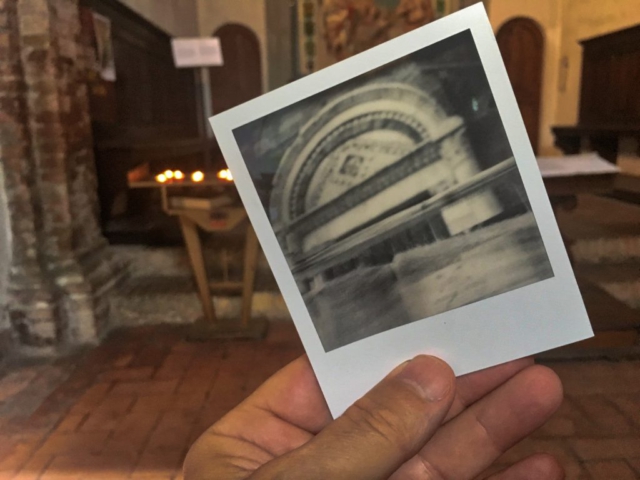
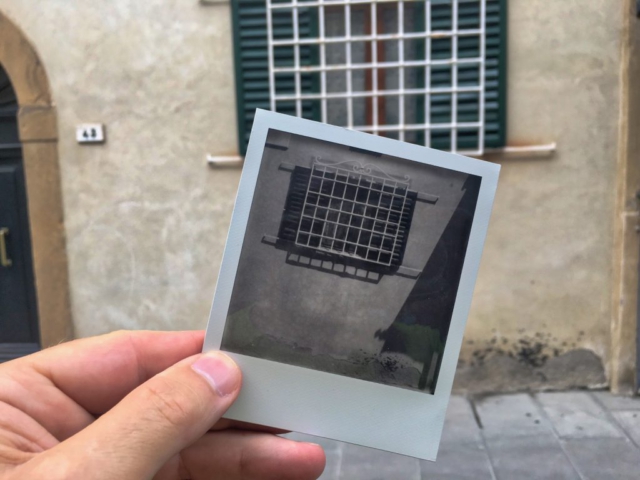
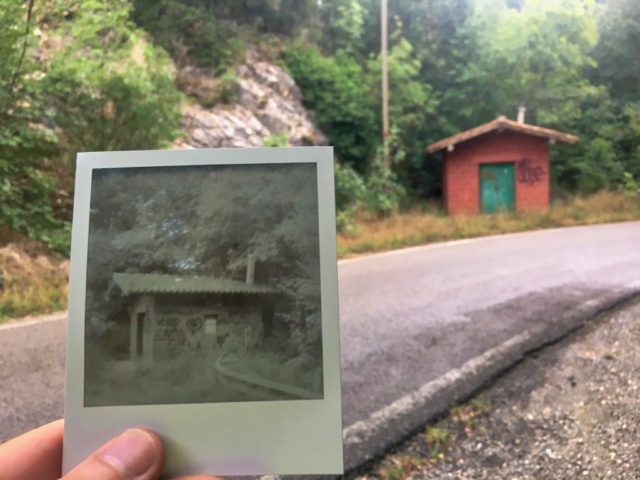
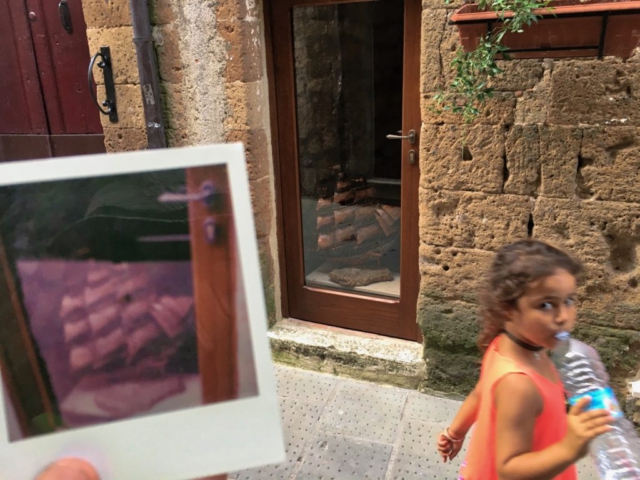
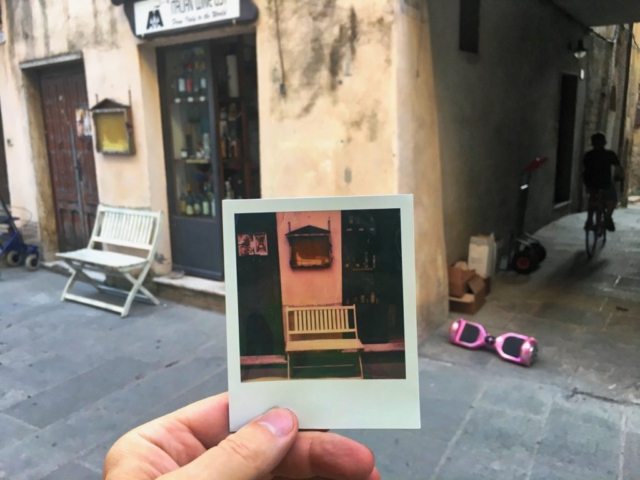
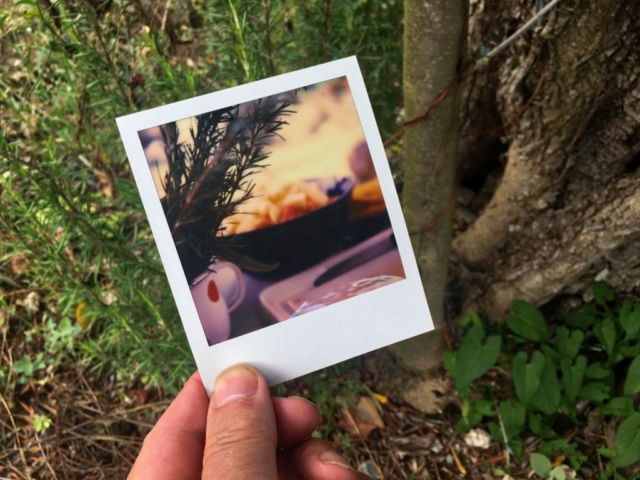
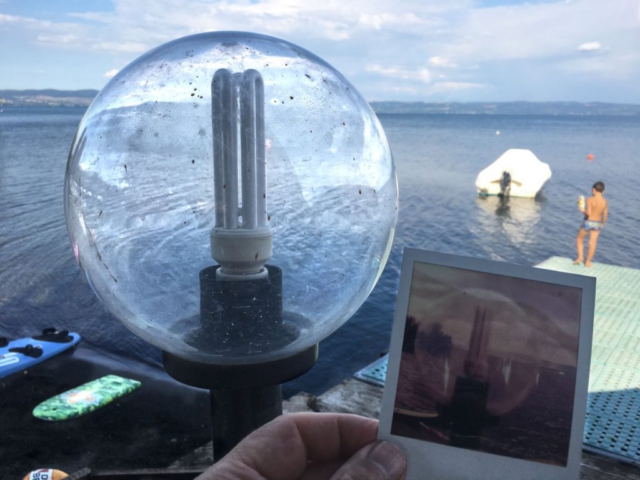
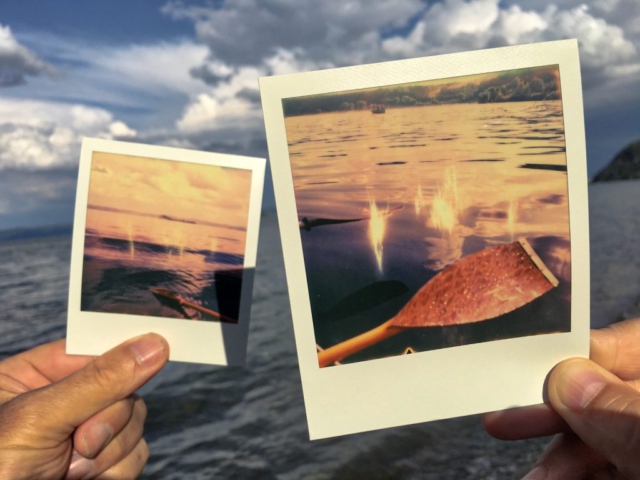
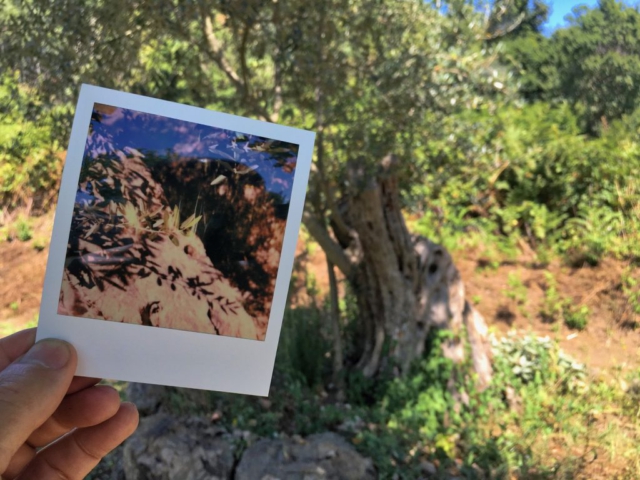
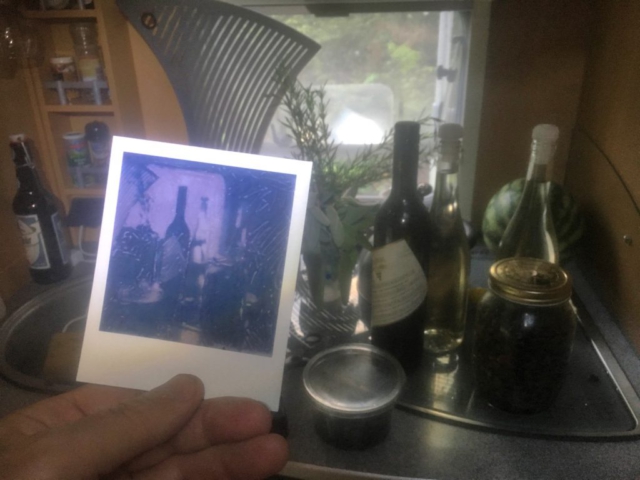
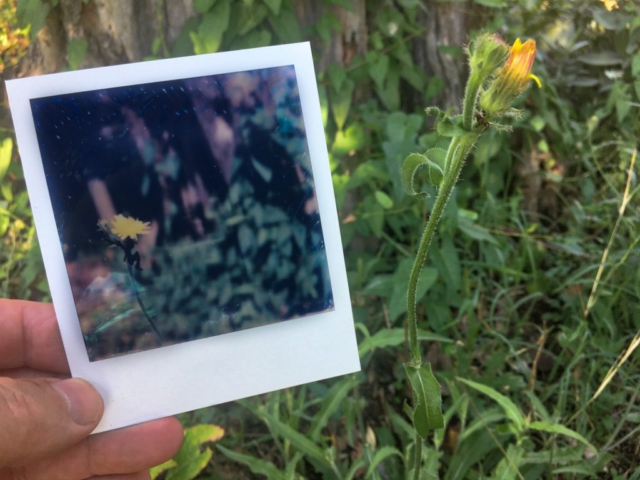
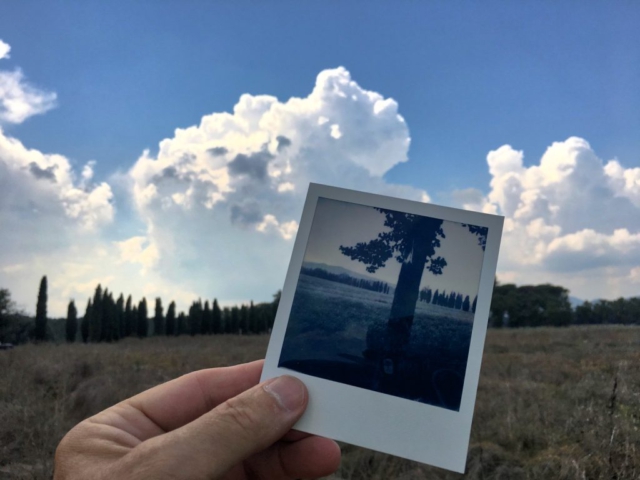
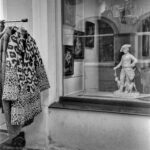



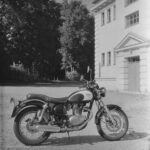
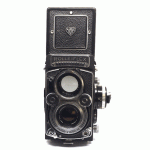
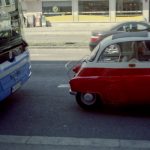
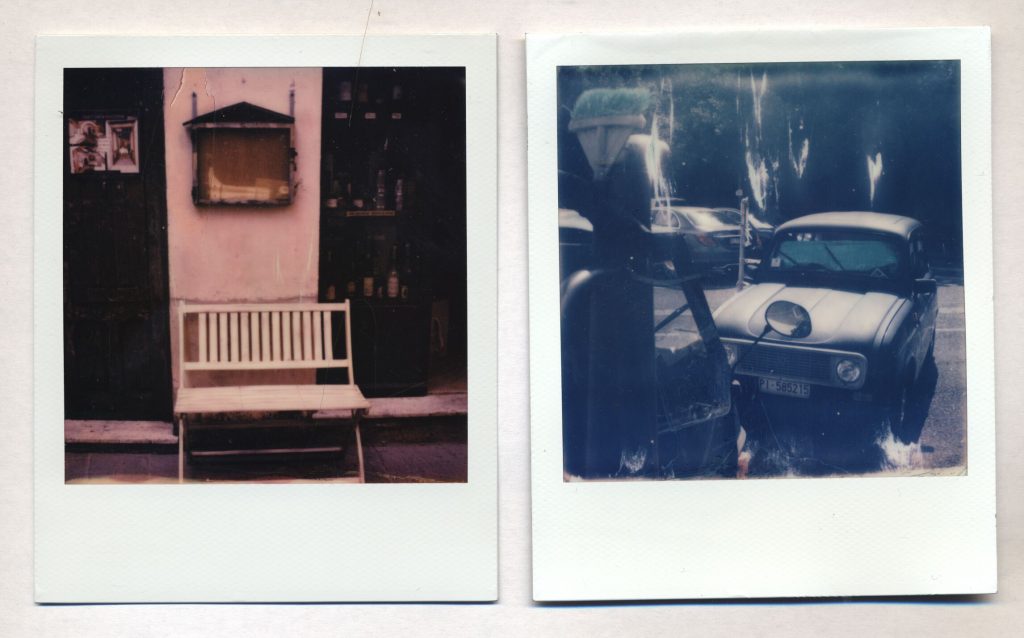
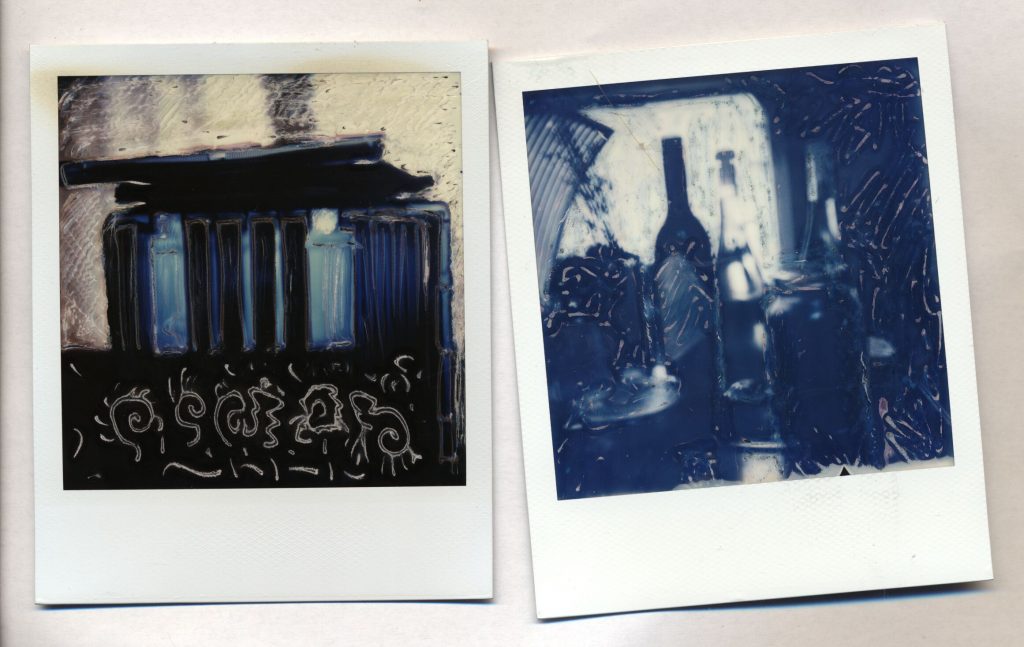
1 Pingback